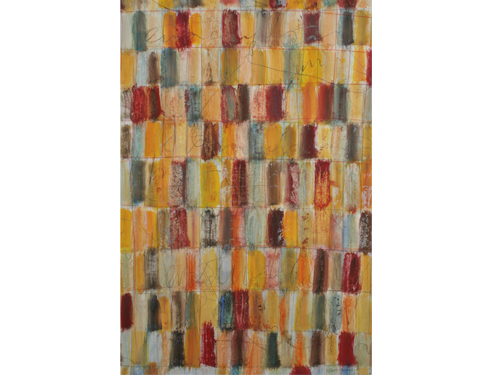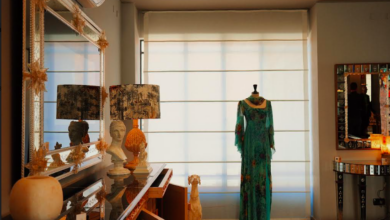
An exhibition of the work of renowned Egyptian architect Hassan Fathy is currently on display at the Gezira Art Center in Zamalek. Fathy, who died at the age of 89 in 1989, is considered by many to be the most important Egyptian architect since Imhotep of ancient Egypt. In recognition of his work, the Culture Ministry is organizing a number of events under the theme “Hassan Fathy … An Ambitious Egyptian” until 20 January.
At the exhibition, visitors are invited to browse through a large assortment of Fathy’s architectural sketches and models, as well as watch short films portraying the construction phases of some of his most prominent buildings.
Fathy was not only an architect, but also an extremely talented engineer, musician, dramatist, visual artist, filmmaker and inventor. And it seems as if Fathy was looking to combine all of these talents not only to design structures and buildings, but in a way, human reality itself.
“The human spirit is our most precious resource. Its ecology is our greatest challenge,” reads one of Fathy’s quotes on the wall at the exhibition’s entrance. Many more of Fathy’s quotes are scattered throughout, expressing sentiments concerning art, the human condition, its relation to our structural environment, and how we can progress by carefully designing that environment.
The exhibit displays beautiful drawings and paintings of visionary houses, with accompanying models, all handmade. One can see the development of these visions into extremely detailed architectural drawings and blueprints, accompanied by extensive material science research, implementation instructions for engineers, visions for the communities, as well as philosophical commentaries explaining the human need to live in harmony with nature.
Fathy’s architectural style sought to use “appropriate technology,” which is a widely applied methodology that seeks not to necessarily use state of the art technology for the sake of being new, but instead to seek out the most environmentally, ethically, culturally and socially appropriate technology for each project — often based on extensive research.
This led to Fathy’s projects being built from mudbrick, to limestone, to unique woods and metals. He also sought to use natural wind paths, sunlight and electromagnetic energy, among other things.
In the mid-20th century, a time when few people around the world worried about environmental issues, Fathy was already vehemently expressing our need to observe nature, mimic it, and interfere with it as little as possible as we move to survive and grow as a species. His buildings and designs heavily reflect this philosophy, not only in the framework of building individual houses, but for constructing entire communities.
Fathy furthered the idea that the active use of nature in architecture is not only conducive to the preservation of the planet, but also infuses harmonious energy into cultures. The idea is that individual human experience can be improved by means of the community, instead of the other way around.
“In our quest to survive, we often begin to view nature as an enemy to be blocked out, rather than a complex extension of ourselves. If we continue to do this, we will eventually alienate ourselves to the point that nostalgia will become the primary focus of society, and hence the compass of human development will be lost,” says another quote.
Fathy won several awards for his work during his lifetime, including the Balzan Prize for Architecture and Urban Planning. Some of the finest examples of his local work are located in New Gourna, near Luxor, and Fayoum. Other projects are located in Europe and the US.
The current Zamalek exhibit is a great opportunity to experience the work of this interesting individual, as well as to discover one of the 20th century’s most forward-thinking Egyptians.




